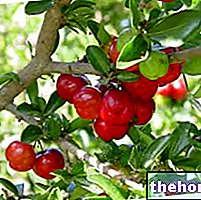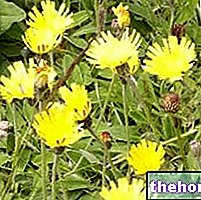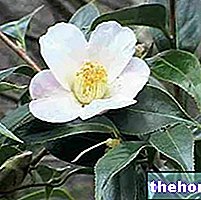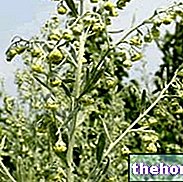
Scientific name
Glycyrrhiza glabra
Family
Leguminosae
Origin
East, Mediterranean region
Parts Used
Drug consisting of the roots and rhizomes of licorice (Official Pharmacopoeia)
Chemical constituents
- Triterpene saponins (glycyrrhizin);
- Flavonoids (liquiritin, isoliquiritin);
- Phytosterols;
- Carbohydrates;
- Coumarins;
- Tannins;
- Benzoic acids;
- Resins.
Licorice in Herbalist: Properties of Licorice
Licorice is indicated in the prevention and treatment of gastric and duodenal ulcers, gastritis, drug ulcers (NSAIDs, cortisones) and alcohol and mucositis / health / mucositis.html from chemotherapy, thanks to the anti-inflammatory effect exerted by some active ingredients present in licorice itself, including glycyrrhizin.
The anti-inflammatory effect of glycyrrhizin is associated with the antispasmodic effect on smooth muscle exerted by the flavonoids present in the root and extract.




























